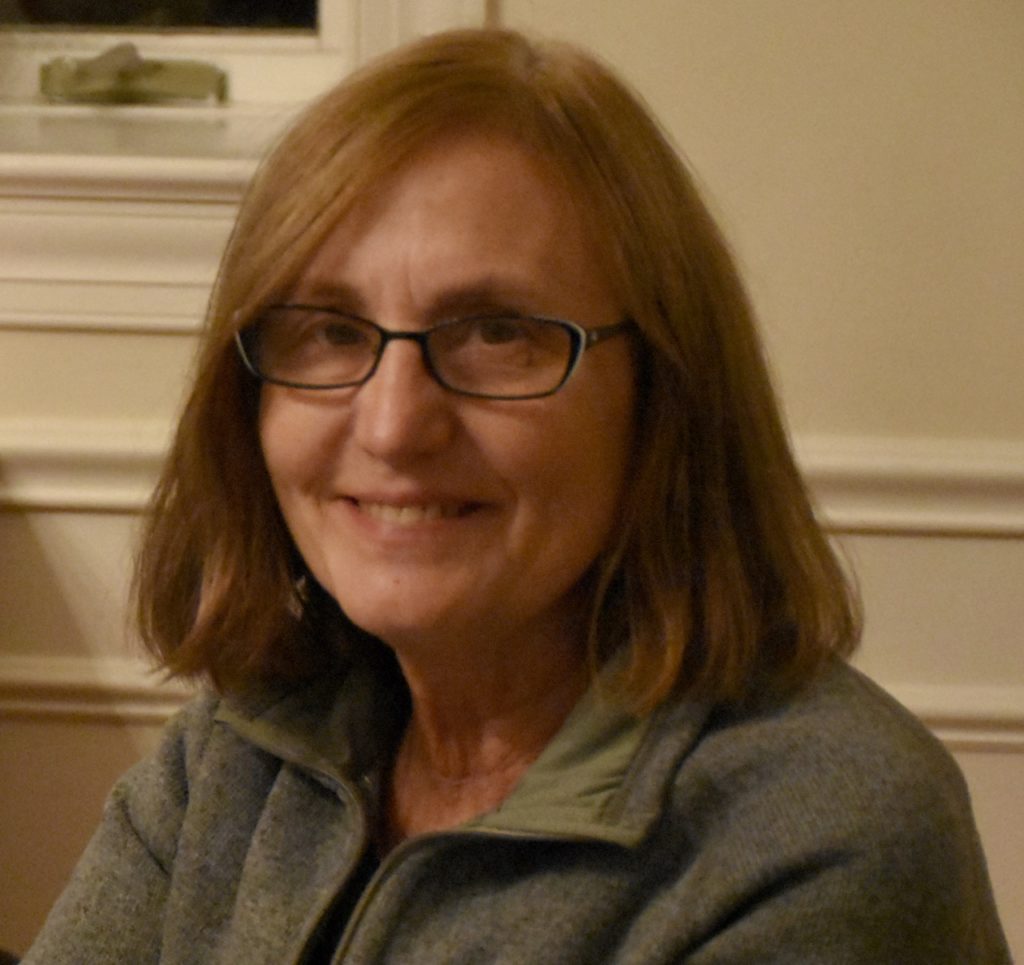OPINION: IS THE REORGANIZATION OF COUNCIL COMMITTEES A POWER GRAB?


Were the three female members of the Outreach, Communications, and Appointments Committee (OCA) disenfranchised in the Council’s recent adoption of a new organizational structure for Council Committees? A full two hours of Monday’s Council meeting was spent discussing a proposal by the Governance, Organization and Legislation Committee (GOL) to dissolve OCA and redistribute its responsibilities among existing committees and a soon-to-be-formed Town Services and Outreach Committee (TSO). The proposal was offered to allegedly ease the burden on the Community Resources Committee and provide greater support for town services. The discussion about the proposal, which ultimately passed 9-4, elicited heated and emotional responses from the Councilors. While we expect our Council to have learned from its first year experiences and to offer proposals to make its work more effective and more efficient, as someone who has followed this Council from the outset, I cannot help but see an unpleasant undercurrent in this re-organization – and that undercurrent rose to the surface during the Council’s discussion and debate.
The rationale given in the GOL proposal is that CRC has too broad a charge and cannot adequately deal with its planning, housing, master plan, and town services responsibilities. The new arrangement maintains most of the CRC’s original duties but transfers all town services responsibilities to the new TSO. But the reorganization also adds to the work of the CRC by tasking it with recommending appointments to the Planning Board and Zoning Board of Appeals, something that in the past year has proven to be a labor intensive process.
Apparently, GOL received feedback from 11 of 13 Councilors on this proposal, though they did not specify that feedback in their report. OCA has spent the majority of its time developing a process for appointments and debating issues of transparency. They recently implemented a new process for appointments to the Planning Board, The Zoning Board of Appeals. The new process adds some transparency to appointments with the addition of a public group interview of all candidates. This process seemed to work well for the recent Planning Board selection.
The newly adopted committee organization structure will divide OCA’s appointment duties among three committees: GOL will screen candidates for the non-voting members of the Finance Committee, CRC will handle Planning Board and ZBA appointees, and TSO will examine Town Manager appointments. What remains unclear is why this new structure is preferable to locating responsibilities for all appointments under a single committee and whether the original members of OCA will be re-assigned to committees where they will continue to participate in the appointment process. Committee appointments will be determined by Council President Lynn Griesemer (District 2) in the coming weeks after she has considered preferences submitted by individual Councilors.
A more sinister way to look at the reorganization is that it was an effort to disenfranchise the women on OCA. It is not at all clear how this reorganization will produce more effective or efficient committee work. At Monday’s Council meeting, Swartz tearfully stated that the new proposal seemed to be a way to take power from those Councilors who are perceived as difficult by their colleagues (and by this she meant the three women on OCA, Swartz, Darcy Dumont (District 5) and Alisa Brewer (at large). The two men on the Committee, Evan Ross (Chair of OCA, District 4) and George Ryan (Chair of GOL, District 3), are also members of GOL and they drafted the reorganization proposal without consultation with the three women on OCA. This led the women to complain at the OCA meetings of 2/10 and 1/27 that they were left out of the process. At the OCA meeting of 2/10, Chair Ross, over the objections of Ryan, ultimately agreed to hear the concerns of the three women. That discussion is summarized here. Ross and Ryan pointed out that like the other members of the Council, Swartz, Dumont, and Brewer had been invited to submit written responses to Ryan’s draft proposal and that only Dumont had done so. The women replied that as members of OCA, they should have been consulted before any proposal was drafted.
Darcy DuMont (District 5) has long argued for more transparency in the appointment process and this has been a source of contentious discussion within OCA meetings. Swartz was OCA chair during the selection of Janet McGowan to the Planning Board on May 20,2019, and received much criticism from Ross and Ryan for her conduct of the interviews and her recommendations, though the nomination was ultimately approved by the Council. Similar criticism was leveled against DuMont for her role in selecting the non-voting members of the Finance Committee in the July 22,2019 meeting. The process has since been changed. Brewer has been an outspoken member of the Committee, and as a former member of the Select Board, has frequently reminded her colleagues of Town governance history and precedent.
The past year and four months has been a rocky time for OCA and they have invested considerable effort in trying to come up with a workable appointments process. This work is not yet complete as OCA is in the middle of an effort to revise the Community Activity Form, which serves as the written application for appointments to town boards, committees and commissions. It remains to be seen whether those committees receiving OCA’s responsibilities will embrace the work that it has done over the last 16 months or whether they will attempt to reinvent the wheel, bringing less efficiency rather than more to governance.
The reorganization process looks like a power grab to me or, an effort to remove certain members of the Council from the appointment process or to marginalize them in the conduct of Council business. The three women on OCA were excluded from the process of envisioning and designing this reorganization and their feedback was taken, grudgingly it would appear, only after the reorganization proposal was near final form. Councilors may disagree on the extent to which this is an insidious series of events but as Brewer has often said, the optics are not good.

I agree, it does not inspire confidence that Committee power will be fairly distributed.
I often say that the collision of competing and conflicting ideas leads to better practices, policies and outcomes. Yet it seems that power wants to accrete more power and exclude the meaningful participation of people that have differing views. The excuse of efficiency allows 2/3 of a body to entirely exclude the other 1/3. In some cases 50 members of a body can render powerless the other 49. I see this diminish the collective creative energy of the community where I work, the community where I live, and the nation of which I am a citizen. In the end the structures may not be important but the appointments to and organizations of those structures are important and rarely demonstrates an appreciation for the importance of the inclusion and participation of a diversity of persons and ideas. The excessive power of the President our country and the Chair of the Town Council is not in the best interest of our nation or of our town. At the very least, all committee appointments should be approved by the entire Town Council.
What an incredibly thorough and informative article Maura!
Important to keep in mind that eight of the thirteen Councilors were PAC slate members. Only Sarah Swartz, Cathy Schoen, Pat DeAngelis , Dorothy Pam and Darcy DuMont are truly independent decision-makers . . . and they happen to be women.
Even as a frequent observer of Town Council meetings, I could not figure out what was going on–and the impetus–during this two-hour discussion.
Thanks Maura for filling in the background context. Sure looks like a power grab, even perhaps a secret cabal???